Embroidery vs Printing: 2024 Guide
When choosing how to customise your clothing, promotional items or uniforms, the decision between embroidery and printing is a crucial one. Both methods offer distinct benefits and drawbacks, and your choice can have a significant impact on the final product.
Embroidery, a craft that involves stitching threads onto fabric, offers a textured, durable design, often used for smaller logos and detail work. On the other hand, printing, particularly screen printing, is adept at handling larger and more colourful designs on a variety of textiles.
Understanding the complexities between these two techniques goes beyond just aesthetics; it involves aspects such as the cost implications, suitability for different types of fabrics, and the longevity of the finished product.
Keep reading to discover the top things to consider when selecting embroidered or printed workwear for your specific needs.
Understanding Embroidery and Printing
Embroidery and printing are two distinct methods for embellishing fabric with designs.
- Embroidery involves using a needle and thread to create patterns on textiles. Historically, it’s been done by hand, but technology advancements have introduced industrial embroidery machines which automate the process and allow for high precision and intricate designs suitable across various textiles.
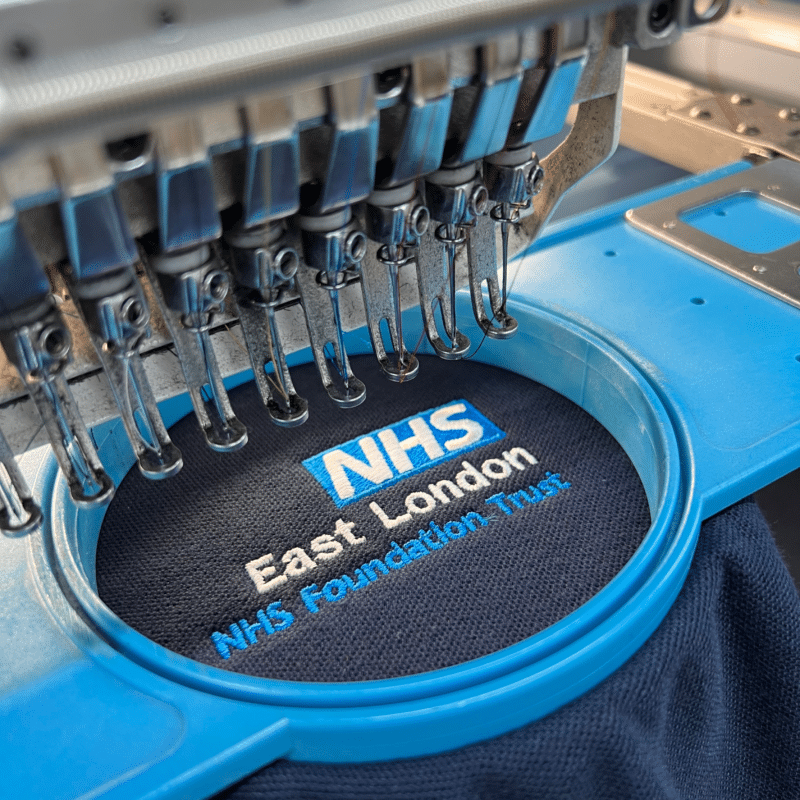
- In contrast, printing is a broader term that covers multiple techniques. The most common is screen printing, which utilises a mesh screen to transfer ink onto a surface. Each colour requires a separate screen, making the process best suited for designs with fewer colours. Modern printing methods also include direct-to-film printing, allowing detailed and multi-coloured designs without the need for screens but rather using inkjet technology.
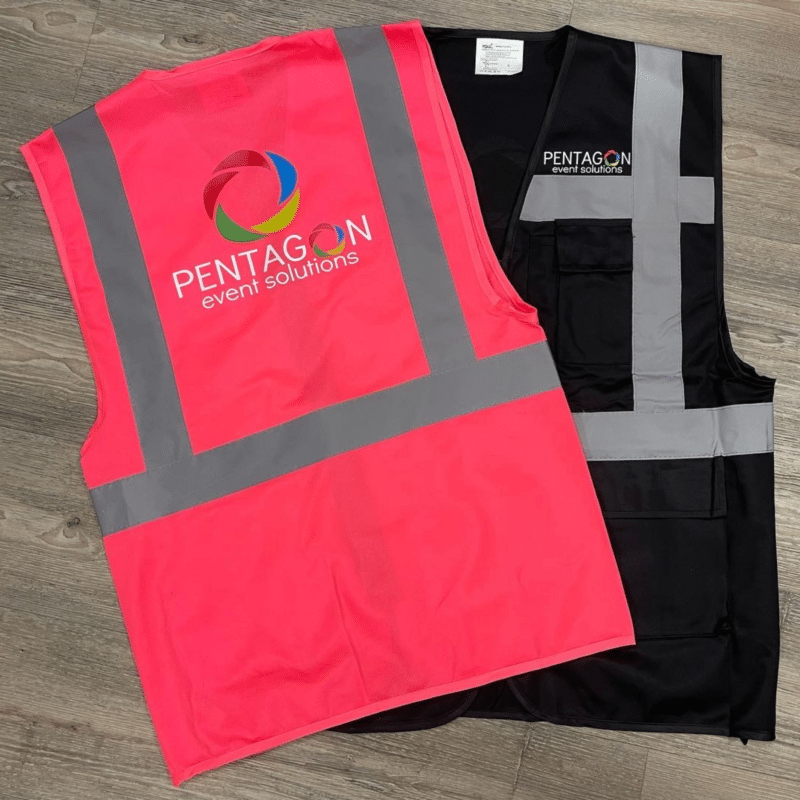
For clothing and promotional items, the choice between embroidery and printing depends on the desired outcome. Embroidery is a durable and high quality method that’s ideal for corporate wear, such as polo shirts or upscale promotional items.
Printing, however, offers more versatility in design and is cost-effective for larger quantities and detailed multi-coloured graphics. It’s widely used for casual apparel and promotional materials where vibrant graphics are needed.
The Pros and Cons of Embroidery
When opting for embroidery in customising workwear, you embrace a technique favoured for its longevity and professional appearance. As embroidery threads are stitched directly into the fabric, they form a strong bond that resists wear from regular washing and use. This leads to an enduring design that maintains its look over time.
Pros:
- Durability: You’ll find your embroidered designs to be long-lasting. The use of thread and needlework stands up well against the rigours of daily use and frequent laundering.
- Perceived Quality: Embroidery often gives a sense of premium branding. The tactile element of the raised thread work exudes a higher-value impression.
- Texture and Depth: The three-dimensional nature of embroidery styles adds depth to your designs, making logos stand out.
Cons:
- Design Complexity: Intricate designs with fine details or gradients may not translate well into stitches. Embroidery has its limitations when it comes to capturing the subtleties of complex artwork.
- Cost: The bigger the stitch count the higher the price may become.
- Fabric Restrictions: Heavy embroidery may not be suitable for very lightweight or delicate fabrics as the weight of the stitching can warp the material.
By understanding these pros and cons, you can better decide whether embroidery is the appropriate method for your custom apparel needs. It is particularly well-suited to projects where a sophisticated look is paramount and the designs are not exceedingly intricate.
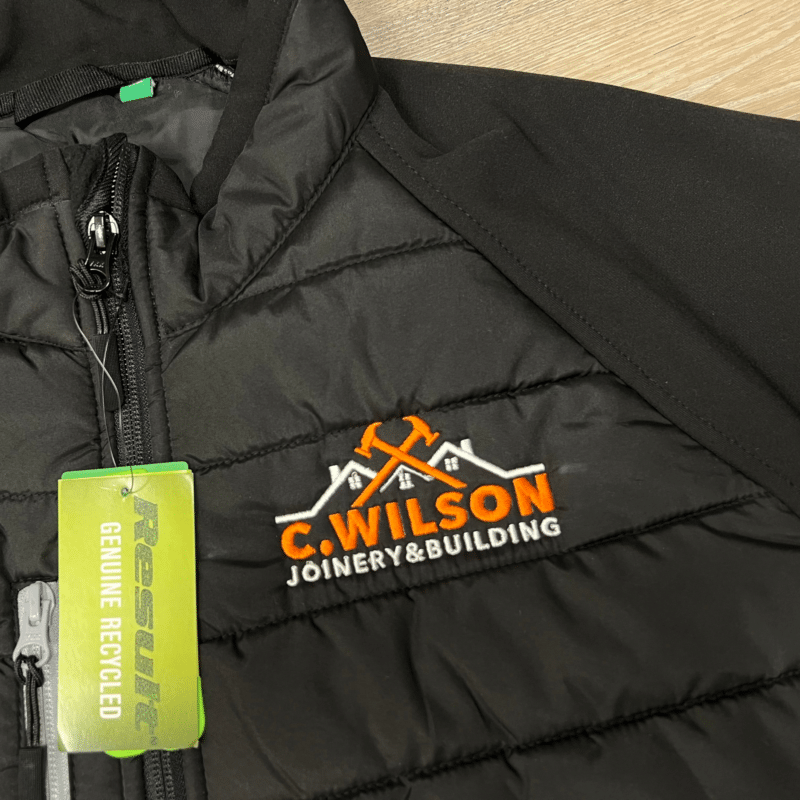
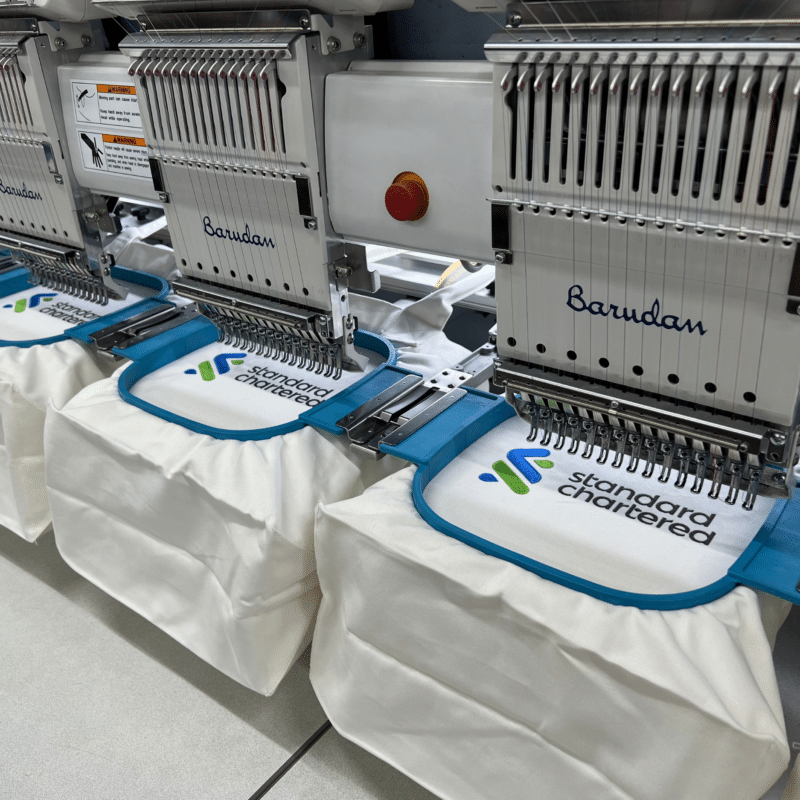
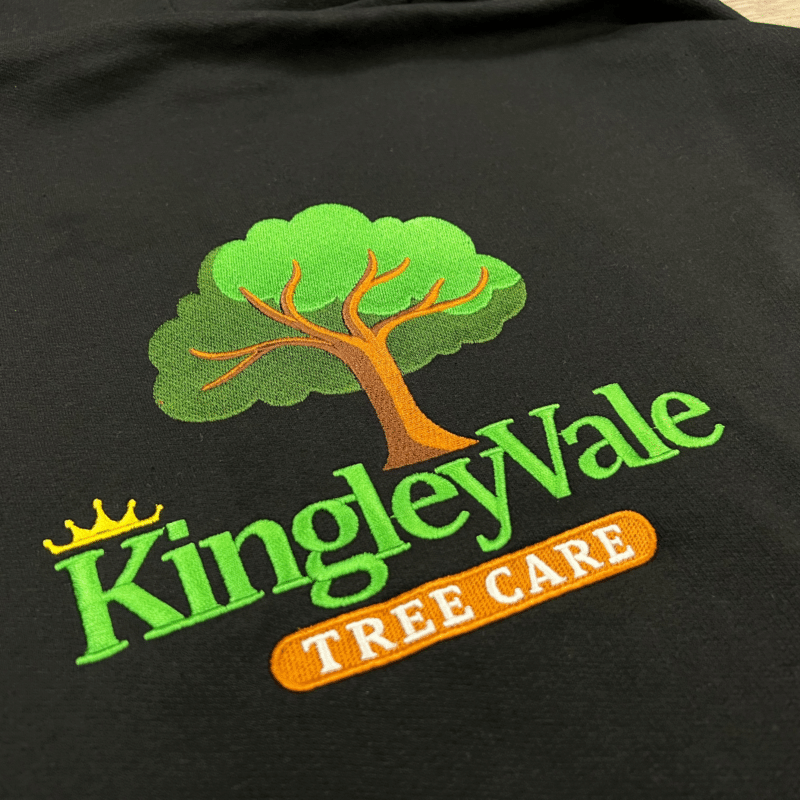
The Pros and Cons of Printing
When you opt for printing to add designs to your textiles, you embrace a method characterised by its high colour vibrancy and suitability for intricate designs. Printing allows for a sharp finish, even when working with complex patterns or gradient colours. Various techniques, such as screen printing, digital printing, vinyl printing, and heat transfer, enable this versatility.
Pros:
- Versatility: You can apply prints on a wide range of materials and types of apparel.
- Colour Range: Printing affords you the full spectrum of colours, enabling detailed and vibrant designs that stand out.
- Detail: More intricate and detailed graphics are possible, which might not be feasible with embroidery.
Cons:
- Durability: Printed designs may not last as long as embroidered ones, so longevity can be a concern.
- Fabric Suitability: Certain fabrics may not be ideal for printing and could result in lower quality work or increased wear over time.
- Cost Varies: While generally cheaper, costs can vary depending on the printing method and volume of the order.
Affordability is typically an advantage; however, this can depend on the type of garment printing and the scale of the production run.
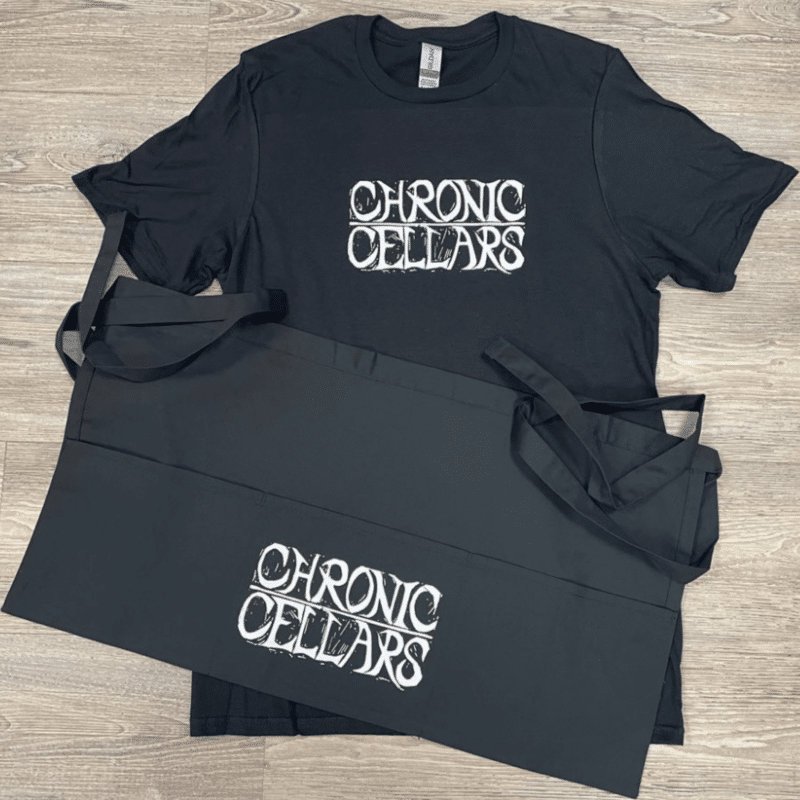


Comparing Costs: Embroidery vs Printing
When assessing the most cost-effective method for customising apparel and logo application, consider both embroidery and printing. Two primary factors influencing the cost are order size and design complexity.
Embroidery may come with a higher upfront cost due to the initial setup, which includes creating the design file for the embroidery machine. However, per-unit costs can decrease with larger quantities, making it an attractive option for bulk orders.
The intricacy of your design does not drastically impact the price, so complex embroidered logos with multiple colours are not typically more expensive. Embroidery lends itself to professional and durable finishes on heavier fabric items like caps or polo shirts.
| Embroidery | |
| Initial setup cost | High |
| Bulk order savings | Significant |
| Big designs | Additional charges may apply |
| Best for | Durable, professional items |
In contrast, printing, especially screen printing, often has a lower setup cost, but the cost per additional colour or complex design can mount up. For smaller orders or designs with many colours, it can be more cost-effective. Printing suits lightweight fabrics and items that require a softer touch or detailed image reproduction.
| Printing | |
| Initial setup cost | Lower |
| Additional colours | Price may vary |
| Small orders | Generally cheaper |
| Best for | Detailed, multicoloured images |
The chosen garment will also affect cost. Heavier materials such as jackets and workwear might be better suited to embroidery while t-shirts and lightweight items to printing.
If you want more detail on pricing of our custom workwear, request a quote from us to help inform your decision.
Choosing the Right Technique for Your Needs
When deciding between embroidery and printing methods for customising apparel, you must consider design complexity and fabric compatibility, along with the purpose and durability of the product.
Assessing Design Complexity and Fabric Compatibility
Embroidery infuses a sense of professional elegance and is superb for simpler, less intricate designs. It’s particularly well-suited to formal wear and sports apparel where durability is key. However, due to its nature, embroidery may not handle highly complex imagery or finely detailed designs as gracefully.
- Complex Designs: Choose embroidery for enduring style but keep design simplicity in mind.
- Fabric Suitability: Certain fabrics such as heavy cotton, denim, and canvas pair excellently with embroidery.
Printing shines in its dynamic ability to personalise with vivid colours and intricate patterns.
- High-Detail Graphics: Printing is ideal for detailed photographs or complex graphics.
- Fabric Versatility: This method offers more diverse customisation options across various materials.
Evaluating the Purpose and Long-Term Value
Understanding the ultimate aim of your customised apparel is crucial. For promotional events or one-off uses, screen printed garments, such as t-shirts, are more cost-effective and offer a quick turnaround. Bulk orders also benefit from printing’s scale of economy.
In contrast, embroidered garments stand as a sound investment for something that requires a refined touch and you expect to wear repeatedly over time.
As one of the best workwear brands in the UK, Essential Workwear can help you with any custom designs and branded workwear, whether embroidered or printed.
Frequently Asked Questions
In this section, you’ll find direct answers to common inquiries regarding the durability, combination, and selection process for embroidery and printing on garments.
Which Method Lasts Longer, Embroidery or Printing?
Embroidery generally offers greater durability than printing. The stitching process creates a strong bond with the fabric that can endure extensive washing and regular wear without fading or peeling away.
Can I Use Both Embroidery and Printing on a Single Garment?
Yes, you can combine embroidery and printing on a single garment. This approach allows you to take advantage of the texture and dimension of embroidery for certain elements while using printing for areas that require detailed or colourful graphics.
How to Choose Between Embroidery and Printing for My Logo?
Choosing between embroidery and printing for your logo depends on several factors such as the complexity of the design, the material of your garment, and the intended use. Embroidery is well-suited for professional and high-quality finishes, while printing is ideal for intricate designs and is more cost-effective for larger quantities.
Key Takeaways for Embroidery vs Printing
When choosing between embroidery and printing for apparel customisation, your specific needs should guide your decision. Embroidery offers a high-end finish and durability, ideal for smaller designs such as logos. It’s particularly cost-effective for small orders and intricate multi-coloured designs.
Printing, on the other hand, is versatile for larger images and suitable for both light and heavy fabrics. Recent advances in Direct to Film (DTF) printing now make it a competitive option for colourful designs, rivalling the traditional economic benefits of embroidery for these instances.
It’s crucial to consider the end-use of the merchandise, the type of fabric involved, and the longevity you require from the decoration method. For professional advice and tailored solutions to your personalised clothing needs, contact us at Essential Workwear to ensure the best outcome for your project.

